Did you know that the color of light you’re exposed to before bed can make or break your sleep quality? From bedside lamps to nightlights, the type of light you use in the evening can either help your body wind down or trick your brain into staying alert.
In this guide, we’ll explore how light influences your sleep quality, uncover the best light colors for sleep, and explain how to avoid common lighting mistakes that may be interfering with your rest. By the end, you’ll have actionable tips for transforming your sleep environment and improving your overall well-being.
The Connection Between Light and Sleep
To understand why light matters, it’s important to know how it impacts your circadian rhythm—your body’s internal clock that governs sleep and wake cycles. When it gets dark, your brain releases melatonin, a hormone that prepares your body for sleep. Conversely, exposure to certain types of light, especially at night, can suppress melatonin production and confuse your brain into thinking it’s still daytime.
According to Dr. Mariana Figueiro, director of the Lighting Research Center at Rensselaer Polytechnic Institute, “Light is the most powerful signal for our circadian rhythm. It can either help us maintain a regular sleep-wake cycle or throw it off entirely.”
So, what role do sleep lights play in this process? Let’s take a closer look at how the right lighting can support your body’s natural rhythm.
Understanding Sleep Lights
Sleep lights are designed to provide gentle, non-disruptive illumination that helps your body transition into sleep mode. Unlike harsh overhead lights or bright screens, sleep lights use soft, dim tones that minimize melatonin suppression.
A crucial factor to consider when choosing a sleep light is its color temperature, measured in Kelvin (K):
-
Warm Colors (Below 3000K): Mimic sunset, promoting relaxation and sleep.
-
Cool Colors (Above 4000K): Mimic daylight, increasing alertness and suppressing sleep.
By selecting the right sleep light, you can create an environment that signals to your brain and body that it’s time to wind down.
Best Light Colors for Sleep
Choosing the right light color can make a world of difference in improving your sleep quality. Let’s explore the most sleep-friendly options:
1. Red Light: The Sleep Gold Standard
Red light has been widely regarded as the best color for sleep, backed by both science and sleep experts. Unlike blue or white light, red light has a longer wavelength that doesn’t interfere with melatonin production.
Expert Insight: According to a study published in the Journal of Athletic Training, red light therapy improved sleep quality and endurance among female basketball players. Researchers concluded that red wavelengths are ideal for evening use, as they “support circadian alignment and optimize recovery.”
Best Uses: Bedside lamps, nightlights, or therapy lamps for those struggling with insomnia or irregular schedules.
2. Warm Yellow or Orange Tones
If red light isn’t your preference, warm yellow or orange hues are excellent alternatives. These tones mimic the natural light at sunset, signaling to your brain that it’s time to relax.
Why It Works: According to Dr. Michael Breus, clinical psychologist and sleep expert, “Warm, dim light is the most calming for the brain. It provides the ideal conditions for melatonin release.”
3. Soft White Light
A dimmed soft white light can also promote relaxation if it leans toward the warmer spectrum (2700K–3000K). While not as effective as red or yellow tones, it’s a practical choice for tasks like reading before bed.
Pro Tip: Use a dimmable bulb to lower the brightness as you approach bedtime.
Light Colors to Avoid Before Bed
While warm tones can help you relax, certain colors and intensities can sabotage your sleep. Let’s look at what to avoid:
1. Blue Light: The Biggest Sleep Disruptor
Blue light is one of the most disruptive types of light for sleep. It’s commonly emitted by screens (phones, tablets, TVs) and some energy-efficient LEDs. Blue light suppresses melatonin production more effectively than any other wavelength, tricking your brain into thinking it’s daytime.
Expert Insight: Harvard researchers found that exposure to blue light for just 6.5 hours delayed melatonin production by 3 hours and shifted participants’ circadian rhythms by over 2 hours.
Solution: Avoid screens at least an hour before bedtime or use blue light-blocking glasses to minimize exposure.
2. Bright White or Cool Light
Cool white light, often found in offices or workspaces, is highly stimulating. Its high Kelvin rating (4000K–6500K) mimics midday sunlight, which boosts alertness but delays sleep.
Pro Tip: Replace cool white bulbs in your bedroom with warm-toned or dimmable options to create a more calming ambiance.
3. Green Light
While less disruptive than blue, green light can also suppress melatonin if it’s too bright or used for prolonged periods. To avoid this, opt for warmer tones in the evening.
How to Use Sleep Lights Effectively
Creating a sleep-friendly environment involves more than just selecting the right light color. It’s about strategically using your lighting to align with your body’s natural rhythms and minimize disruptions to your sleep cycle. Here are some expert-backed tips to maximize the benefits of your sleep lights:
1. Use Dimmable Lights
Why It Works: Gradually reducing brightness as bedtime approaches mimics the natural dimming of sunlight at dusk, signaling to your brain that it’s time to wind down. Bright light, even if it’s warm-toned, can trick your body into staying alert.
How to Implement:
-
Install dimmable light bulbs in your bedroom and living areas.
-
Start dimming your lights an hour before bed to ease into a calming atmosphere.
-
Pair dimmable lights with warm-toned bulbs (2700K or lower) for the best results.
Expert Tip: According to Dr. Michael Breus, “Dimming your lights 30 to 60 minutes before sleep can have a profound effect on your ability to fall asleep faster and stay asleep longer.”
2. Invest in Smart Bulbs
Why It Works: Smart bulbs allow you to program your lighting to automatically adjust in the evening, transitioning from cooler tones during the day to warmer, sleep-friendly hues at night. This eliminates the guesswork and ensures consistency.
How to Implement:
-
Use apps like Philips Hue or Alexa-compatible systems to set schedules for your smart bulbs.
-
Program a gradual dimming feature to create a “sunset” effect in your bedroom.
-
Experiment with built-in features like “relax” or “nightlight” modes to find the ideal setting for your sleep environment.
Pro Tip: Set your smart bulbs to shift back to bright, cool light in the morning to help you wake up naturally and feel alert.
3. Avoid Bright Overhead Lights
Why It Works: Overhead lights are often too harsh for nighttime use and can flood your bedroom with unnecessary brightness. Switching to softer, directional lighting keeps the ambiance calm and minimizes overstimulation.
How to Implement:
-
Use bedside lamps or wall sconces with warm-toned bulbs instead of overhead fixtures.
-
Position light sources so they are indirect, avoiding glare or overly bright illumination.
-
Add a lampshade or dimmer switch to existing fixtures to soften their glow.
Expert Insight: Lighting designer Deborah Burnett recommends layering light sources in your bedroom, such as a bedside lamp for reading and a low-intensity nightlight for moving around safely.
4. Limit Screen Time Before Bed
Why It Works: The blue light emitted by phones, tablets, and TVs suppresses melatonin production, delaying your body’s natural sleep cues. Reducing screen exposure can dramatically improve your ability to fall asleep.
How to Implement:
-
Avoid using devices at least an hour before bed. If you must use them, activate night mode or a blue light filter.
-
Consider wearing blue light-blocking glasses in the evening to further minimize exposure.
-
Replace screen time with calming activities like reading a book, journaling, or meditating under warm, dim lighting.
Pro Tip: Keep devices out of your bedroom entirely, and use an analog alarm clock instead of relying on your phone to wake up.
5. Incorporate Red or Warm-Toned Nightlights
Why It Works: For those who need some light at night, red or amber nightlights provide visibility without disrupting your circadian rhythm. Unlike blue or white nightlights, these colors won’t interfere with melatonin production.
How to Implement:
-
Place nightlights in key areas, such as the hallway or bathroom, to navigate without turning on harsh overhead lights.
-
Choose nightlights with motion sensors to minimize light exposure when not needed.
-
Opt for nightlights that emit light below 2000K for the most sleep-friendly glow.
Pro Tip: Use portable, rechargeable nightlights for travel to maintain your sleep-friendly environment wherever you go.
6. Consider Gradual Wake-Up Lights
Why It’s Relevant: While sleep lights are essential for winding down, the right lighting can also help you wake up gently in the morning. Gradual wake-up lights simulate a natural sunrise, transitioning from warm tones to bright light to ease you out of sleep.
How to Implement:
-
Choose wake-up lights like the Hatch Restore or Philips Wake-Up Light, which can double as a sleep light in the evening.
-
Set your light to start brightening 30 minutes before your alarm for a more natural wake-up experience.
7. Match Lighting to Your Routine
Why It Works: Consistency is key when it comes to regulating your circadian rhythm. By aligning your lighting with your bedtime routine, you create a strong association between warm, dim light and sleep.
How to Implement:
-
Establish a nightly routine that includes dimming the lights, reducing screen time, and engaging in calming activities.
-
Use lighting to signal clear transitions, such as bright light for evening tasks and soft light for bedtime.
-
Adjust lighting levels gradually to avoid abrupt changes that can overstimulate your brain.
Popular Sleep Light Options
If you’re ready to upgrade your lighting for better sleep, here are some excellent sleep light options to consider:
1. Pococo Projector
The Pococo Projector combines soothing ambient light with mesmerizing projection effects, such as starry skies and wave patterns, to create a multi-sensory relaxation experience.
Why It Stands Out:
-
Offers a variety of light modes, including warm colors to encourage sleep.
-
Features adjustable brightness and projection effects for tailored use.
-
Includes a built-in speaker for playing white noise or calming sounds, making it a versatile sleep aid.
Best For: Families and individuals seeking an immersive sleep experience with light, sound, and visual elements.
2. Hatch Restore
The Hatch Restore is an all-in-one sleep solution designed to help you wind down, fall asleep, and wake up gently. It combines soothing light with white noise, guided meditation, and sunrise alarms.
Why It Stands Out:
-
Customizable light settings, including warm tones for sleep and gentle sunrise effects for waking up.
-
Includes audio features like white noise, nature sounds, and guided meditations to promote relaxation.
-
Controlled via an app, allowing users to personalize their sleep and wake routines.
Best For: Those who want a comprehensive, tech-driven solution for improving their bedtime and morning routines.
3. Philips Hue Smart Bulbs
Philips Hue Smart Bulbs are highly versatile, offering adjustable colors and dimming capabilities that transition your lighting from energizing cool tones during the day to warm, sleep-friendly hues at night.
Why It Stands Out:
-
Compatible with voice assistants like Alexa and Google Assistant for hands-free control.
-
Programmable schedules let you automate transitions to sleep-friendly lighting in the evening.
-
Wide color range and brightness levels to suit every part of your day.
Best For: Tech-savvy users who want a fully customizable lighting solution that integrates with smart home ecosystems.
4. Himalayan Salt Lamps
Himalayan salt lamps provide a natural and calming light, emitting a warm amber glow that creates a cozy sleep environment. While they lack smart features, their minimalist design and soothing effect make them a popular choice.
Why It Stands Out:
-
Emits a soft, amber glow that mimics candlelight, promoting relaxation and reducing stress.
-
Aesthetic appeal as a natural, decorative element in bedrooms or living spaces.
-
Requires no additional setup—simply plug it in for immediate ambiance.
Best For: Those who prefer a low-tech, natural light source that complements a tranquil bedroom aesthetic.
5. Red Light Therapy Lamps
Red light therapy lamps are designed to emit specific wavelengths of red light, which are scientifically proven to support melatonin production and improve overall sleep quality.
Why It Stands Out:
-
Focused red light wavelengths that align with the body’s natural circadian rhythm.
-
Non-intrusive and calming, ideal for pre-bedtime use.
-
May also offer benefits like improved skin health and relaxation for stress reduction.
Best For: Sleep enthusiasts looking for a targeted, therapeutic solution to improve sleep quality and promote relaxation.
Conclusion
The color of light you’re exposed to at night can have a profound impact on your sleep quality. By choosing the right sleep light and avoiding disruptive colors like blue and bright white, you can create a bedroom environment that supports your natural circadian rhythm.
Whether it’s the soothing glow of red light, the gentle warmth of yellow tones, or the practicality of dimmed soft white, the key is to keep your lighting calming and sleep-friendly.
Ready to transform your sleep? Try experimenting with the best light color for sleep and see how small changes in your lighting can lead to restful nights and more productive days.
FAQs About Sleep Lights
1. What is a sleep light?
A sleep light is a specially designed light source, such as a lamp, nightlight, or smart bulb, that uses specific colors and brightness levels to promote relaxation and better sleep. Sleep lights aim to minimize melatonin suppression by avoiding disruptive colors like blue or bright white.
2. What is the best light color for sleep?
The best light color for sleep is red or warm tones, such as yellow or orange. These colors mimic sunset and are less likely to disrupt your circadian rhythm, helping your brain produce melatonin for restful sleep.
3. How does light affect sleep quality?
Light plays a significant role in regulating the circadian rhythm, your body’s internal clock. Bright or cool-colored lights (like blue or white) suppress melatonin, making it harder to fall asleep. In contrast, dim, warm-toned lights signal your body to relax and prepare for sleep.
4. Can sleep lights help with insomnia?
Yes, sleep lights can help create a calming sleep environment and encourage a natural wind-down process, which may be beneficial for those with insomnia. Using red or warm-toned sleep lights in combination with good sleep hygiene can improve sleep quality.
5. Are smart bulbs worth it for sleep?
Smart bulbs are highly effective for sleep because they allow you to customize color, brightness, and schedules. You can program them to shift to warm tones in the evening and cool tones in the morning, aligning with your natural circadian rhythm.


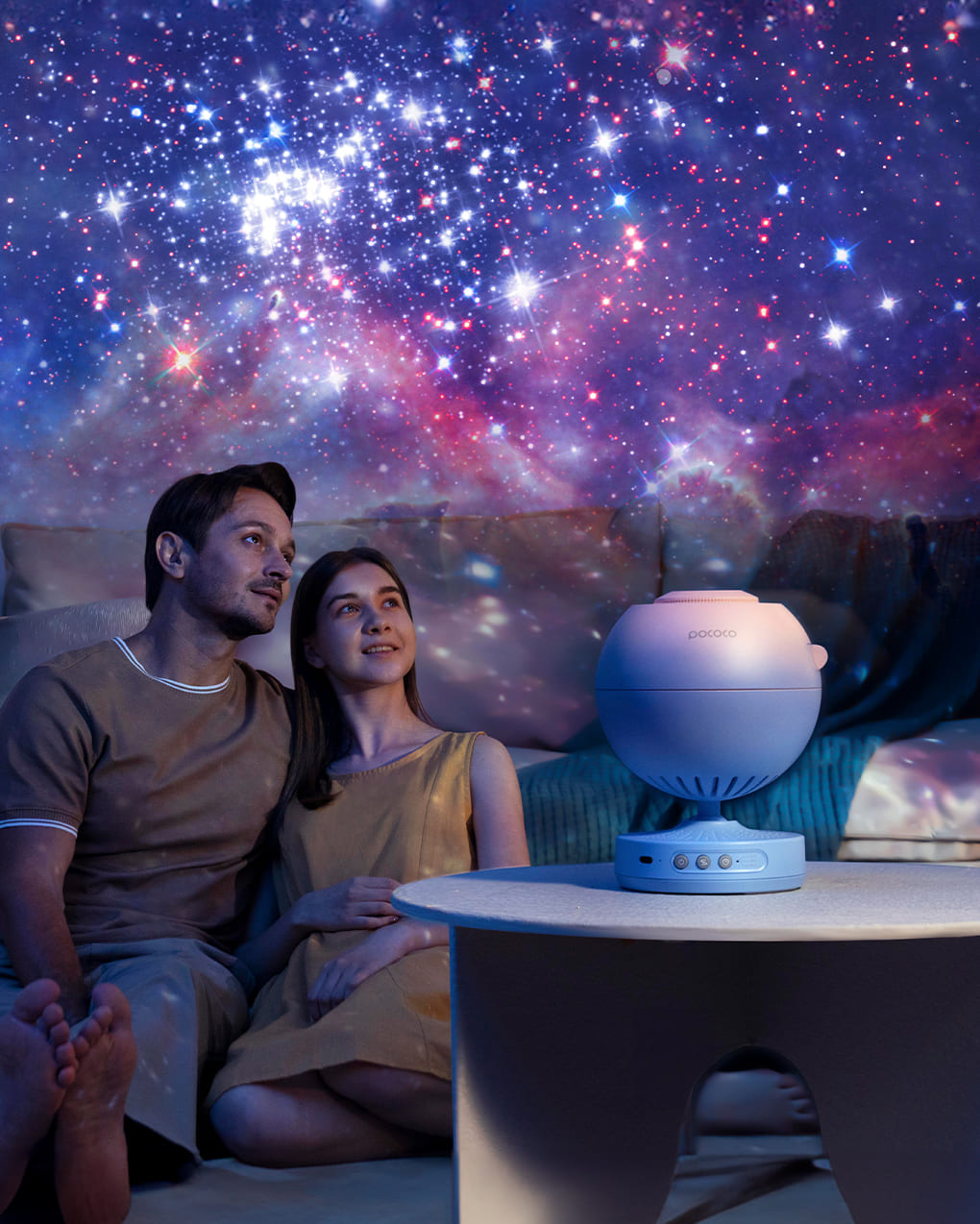
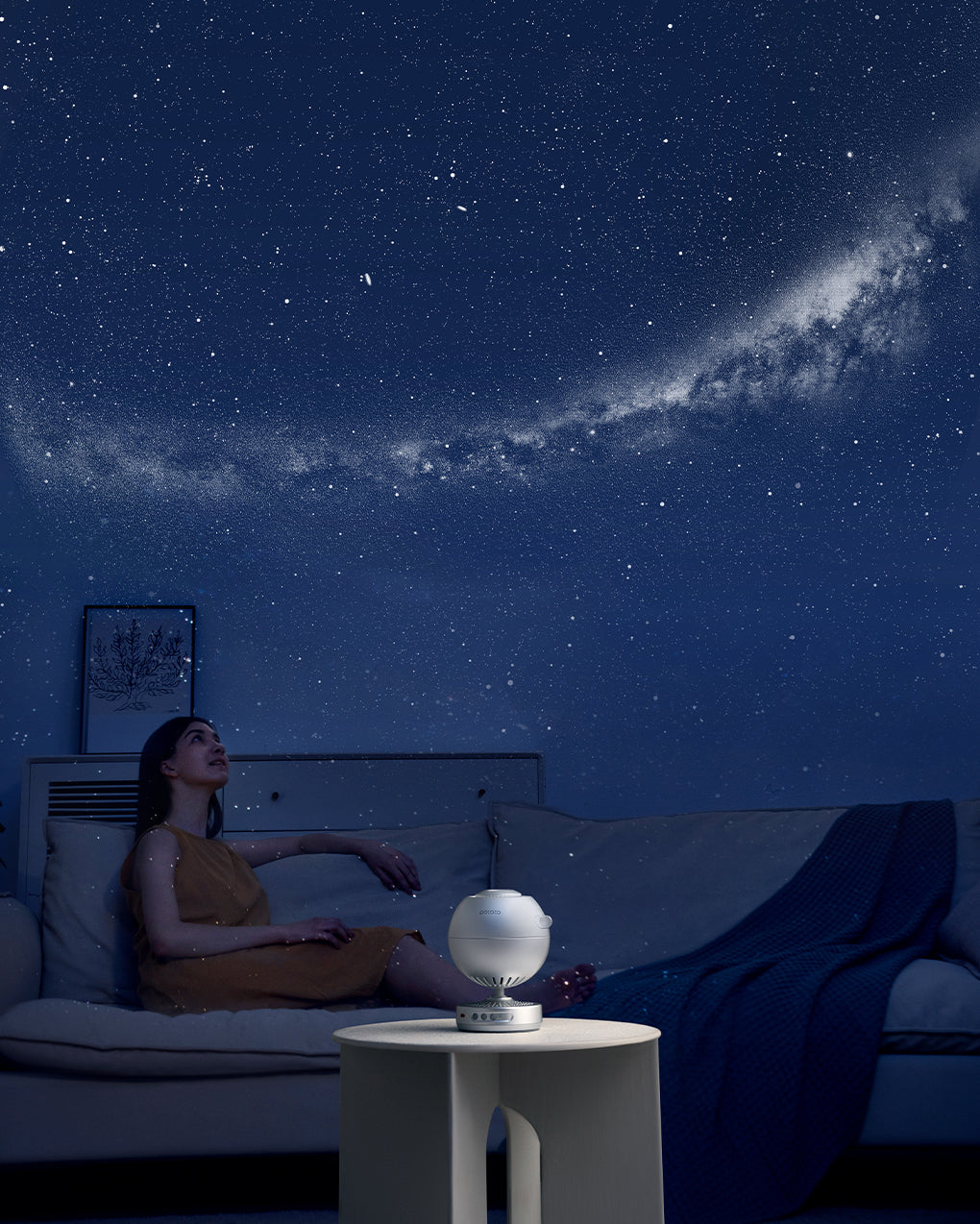
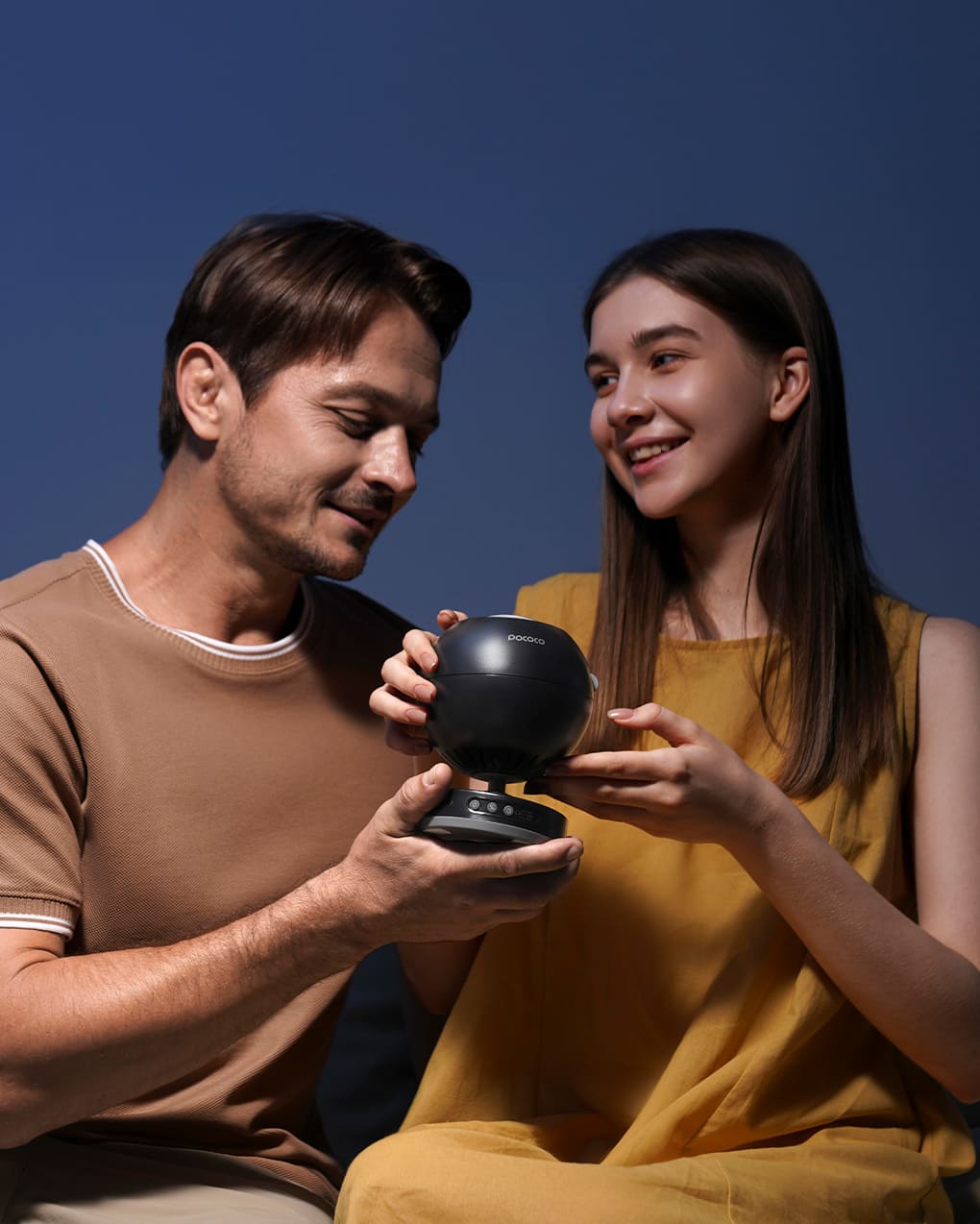




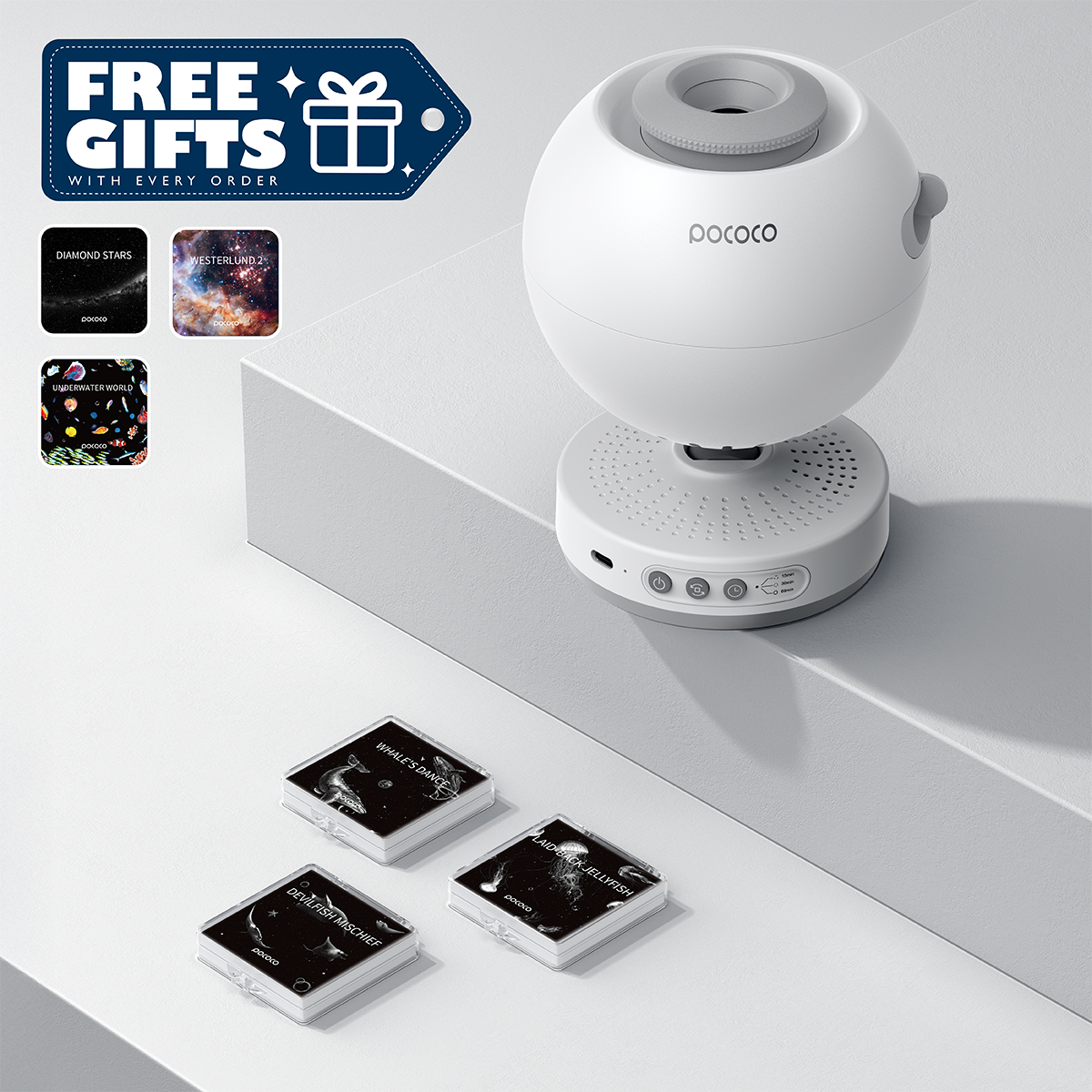
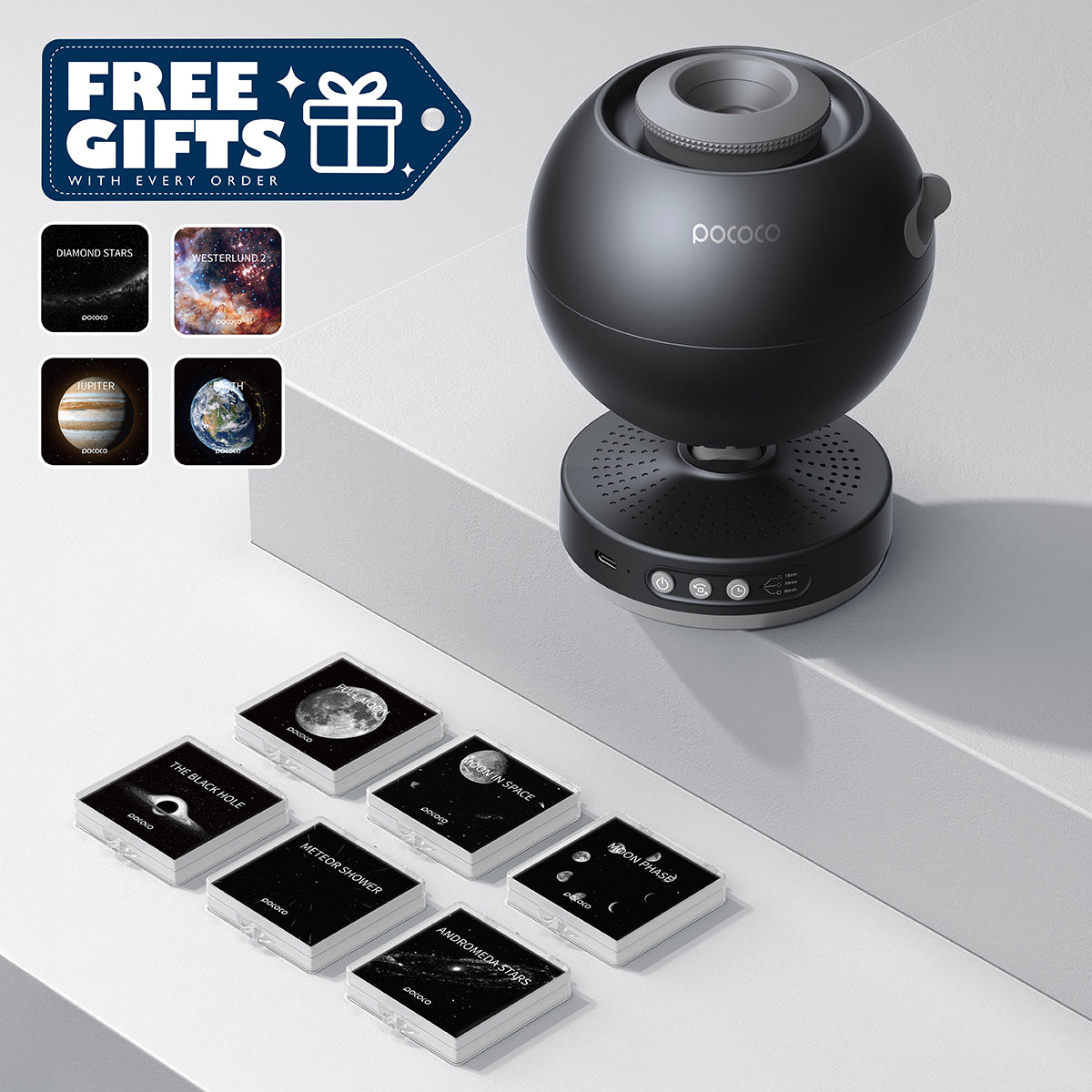
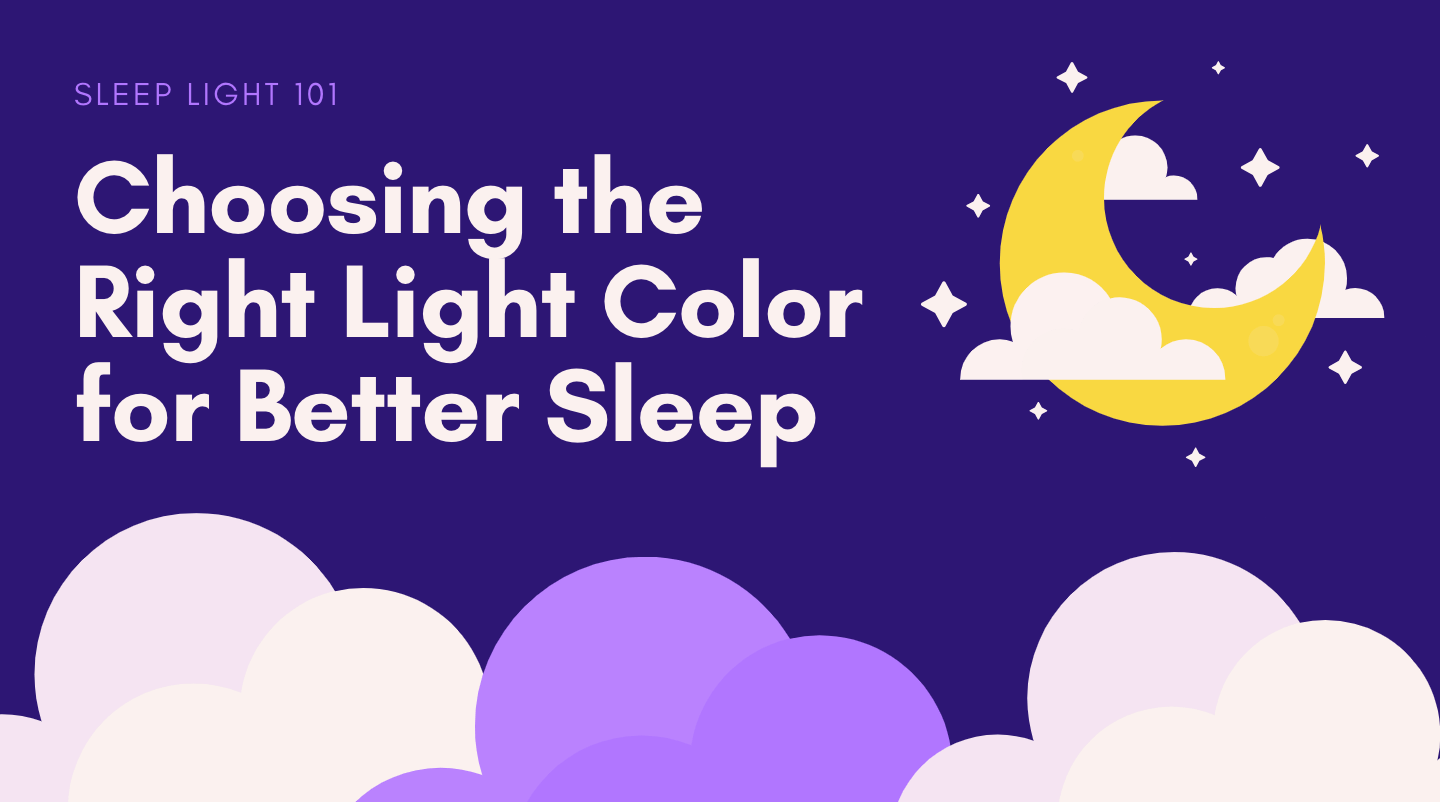
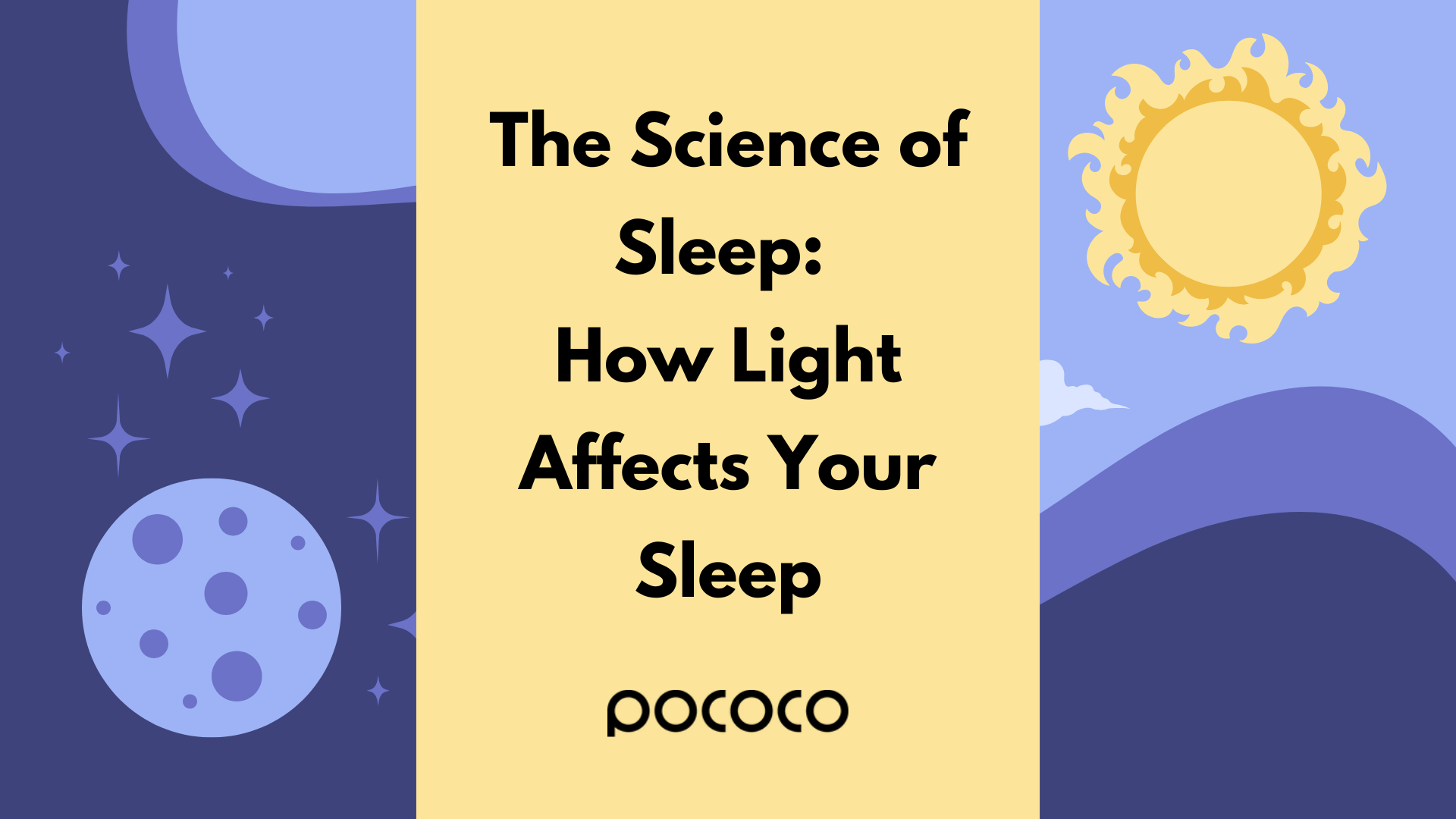
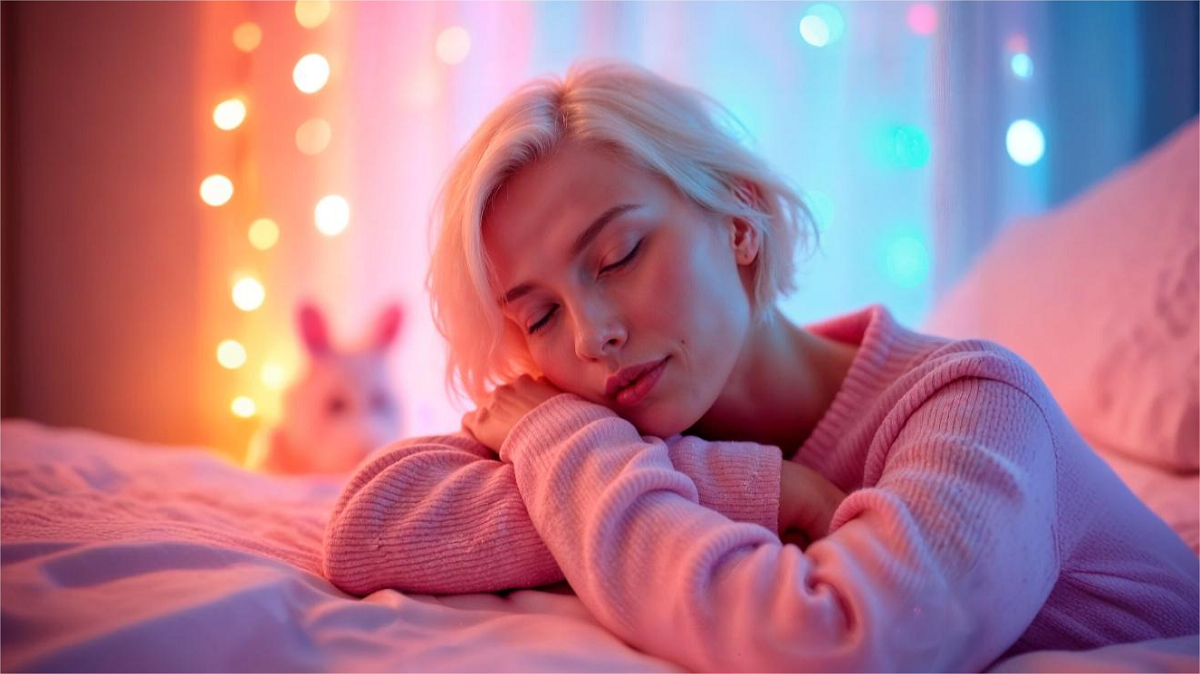
Dejar un comentario
Todos los comentarios se revisan antes de su publicación.
Este sitio está protegido por hCaptcha y se aplican la Política de privacidad de hCaptcha y los Términos del servicio.